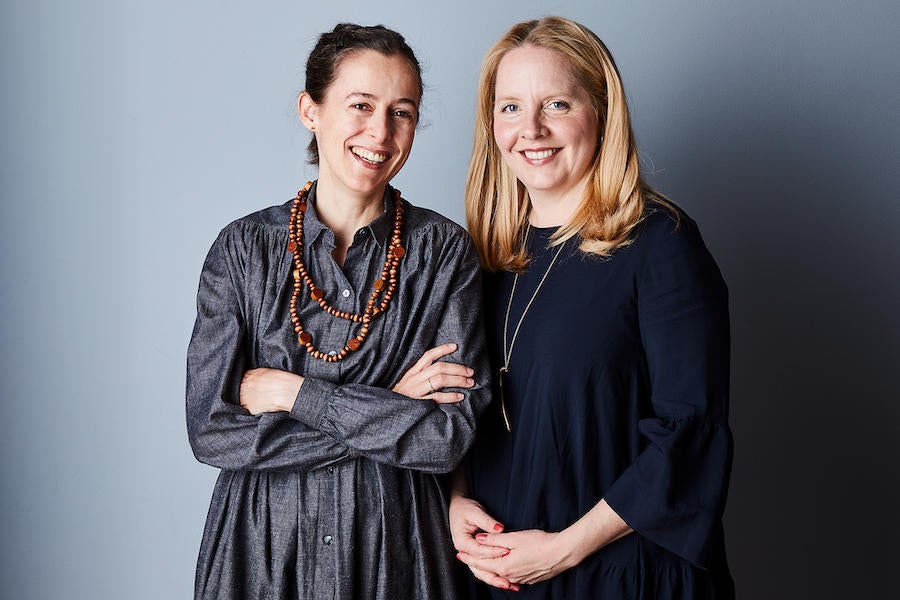In 2009, former food journalists Amanda Hesser and Merrill Stubbs founded Food52. In its earliest days, the site was a community-oriented cooking resource featuring reader-submitted recipes. Over time, it began selling cookware and home goods to its audience, who sometimes chipped in to help design some of Hesser and Stubbs’s best-sellers. That unique alchemy of content and commerce has proven to be wildly successful for the brand: Capping off a decade of growth, media investment firm The Chernin Group snapped up a majority stake in Food52 last month for an eye-catching $83 million.
On the latest episode of the Business of Home podcast (sponsored by Chairish and Google), host Dennis Scully chats with Hesser and Stubbs about the nuances of their approach, why building a community matters more than an Instagram follower count, and why they’re moving from the kitchen into the rest of the home.
Below, listen to the episode and check out a few takeaways. If you like what you hear, subscribe (free of charge) on Apple Podcasts.
Stop thinking about yourself
It’s easy for entrepreneurs to get caught up in the process of trying something new. You get excited about announcing the news, designing a logo—all the work that you’re going to do. Stubbs says she and Hesser have struggled to do away with that kind of thinking. “Whenever we’re launching something new … we always make sure to try and remove ourselves from the nitty-gritty and the execution and the planning, and put ourselves in the position of our readers, our shoppers, our community, and ask ourselves the often very tough question: Is this actually serving them the best way possible?” she says. “It’s a discipline that you really have to work at.”
If people are confused by your idea, that might be a good thing
When Stubbs and Hesser were pitching their idea to investors, they often struggled with a very basic problem: how to define it. They wanted to create a 360-degree resource, where the audience could come to shop, read, or both—without jumping through any hoops. It wasn’t a market, exactly—nor was it purely media. They eventually settled on the term “brand” when talking to money people, but would often still bump into confusion. There simply wasn’t a great model for what they were trying to do. That, ultimately, was a good thing—it allowed the two to build their company slowly, and prove their idea in real time.
Embrace the mess
In an image-obsessed age, it’s easy to buy into the delusion that everyone else’s business is running without a hitch. It isn’t, says Hesser, and that’s OK—especially if you’re pushing yourself to try new things. “As you grow, a hard thing is that there’s a lot of internal pressure for everything to get streamlined … this fantasy of a well-oiled machine,” says Hesser. “But if you’re actually a company that’s growing and doing things differently, that basically should never happen.”




























